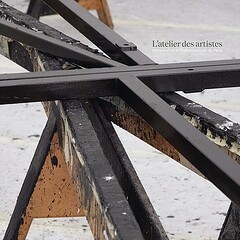Description
Fauns, dryads and shepherds: such is the bucolic world inhabited by Sylvia, the nymph of Diana, goddess of the hunt. Compelled to remain chaste, will she have to renounce her love for Aminta, just as Diana had to sacrifice her passion for Endymion?
Originally conceived by Louis Mérante, Sylvia was the first ballet to be performed at the newly-opened Palais Garnier in 1876, to a brilliant score by Léo Delibes, who also composed Coppélia. But it is the version by Manuel Legris, a Paris Opera Étoile dancer and the director of the Teatro alla Scala Ballet Company, that is making its repertoire debut.
The choreographer brings psychological depth to the libretto by adding a prologue portraying Diana's conflict-ridden world and gives greater prominence to the male roles.
Product information
- Publication Year
- 2025
- Technical specification
Duration : 2h25 with 2 intervals
Opening
First part
45 min
Intermission
20 min
Second part
25 min
Intermission
20 min
Third part
35 min
End
New to the repertoire
Ballet in three acts
Choreography after Louis Mérante
Libretto by Manuel Legris and Jean-François Vazelle after Jules Barbier and Jacques de Reinach




